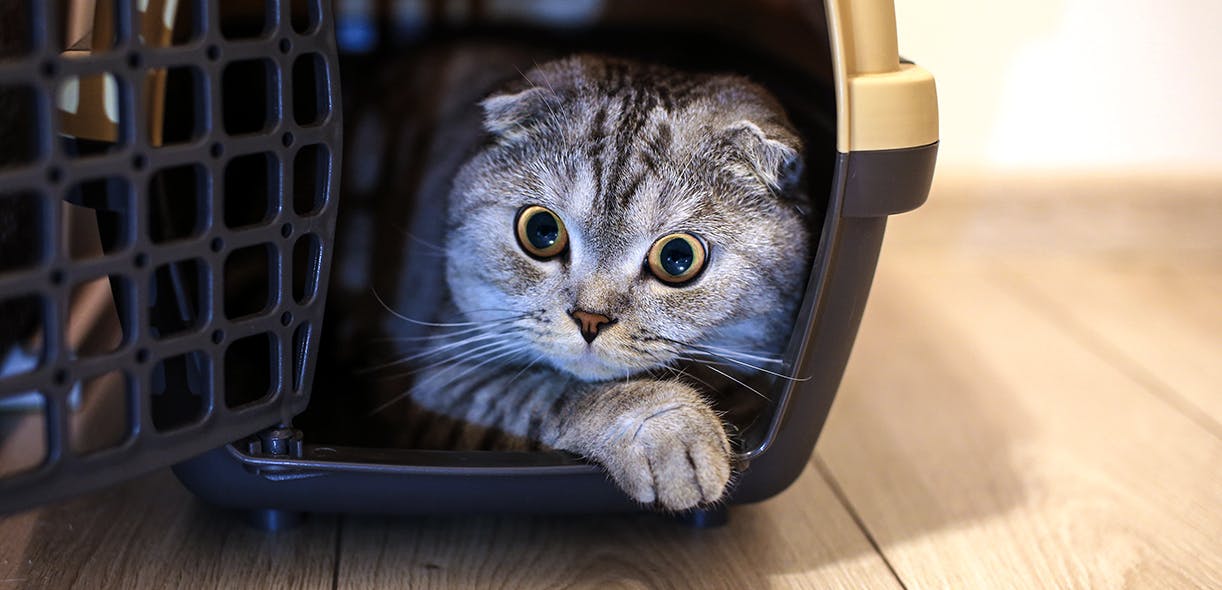My cats loathe leaving home. At the slightest glimpse of the cage, my female cat starts to pant. My male cat, on the other hand, urinates. It's a great combination!
“These are signs of anxiety,” explains Geneviève Tétreault, a veterinarian at Lachute Veterinary Clinic. “Ideally, you have to find the root cause. Is it the cage or the car trip?”
Tame the cage
It's not uncommon for cats to have troubled relationships with their cages. To ease the tension, try leaving the cage around so that your cat can walk in and out of it at leisure and get used to it. “As an enticement you can hide treats or put your cat's wet food in the cage. The goal is for the cage to become an everyday object or, even better, a reassuring hideout for your cat,” adds Dr Tétreault.
Obviously, it's important for the cage be the right size! “We usually buy our cat's cage when it's still a kitten. But it's very important to get one that will still be comfortable when your cat is fully grown. Your cat should be able to stand up and turn around without feeling squeezed. We see a lot of cats that travel in cages that are too small—and this increases their stress levels.”
Vroom vroom
If it's the transport that's turning your feline upside down, you might consider desensitizing your cat by taking it out for a spin in your car every once in a while. Even just for a short ride to the grocery store and back. With time, your cat will learn that neither its cage nor the car ride is inherently hostile. And if your cat suffers from car sickness, medications for motion sickness, given about 2 hours prior to a planned departure, can be effective options.
Pheromone-based products for cats can also help reduce feline stress and irritability. These sprays mimic the secretions that cats make as they familiarize themselves with an environment. Try spraying and wiping the inside of the cage with a cloth 15 minutes before getting into your car. “You can even use a pheromone spray for the 3 days preceding your appointment so that your cat associates its cage with something pleasant,” suggests Dr Tétrault.
Lastly, because nothing is more reassuring to a cat than the smell of its well-loved owner, try slipping an item of your clothing or a blanket into its cage. “In fact, anything that's likely to remind your cat of its home environment will always be reassuring and calming,” concludes the veterinarian.
